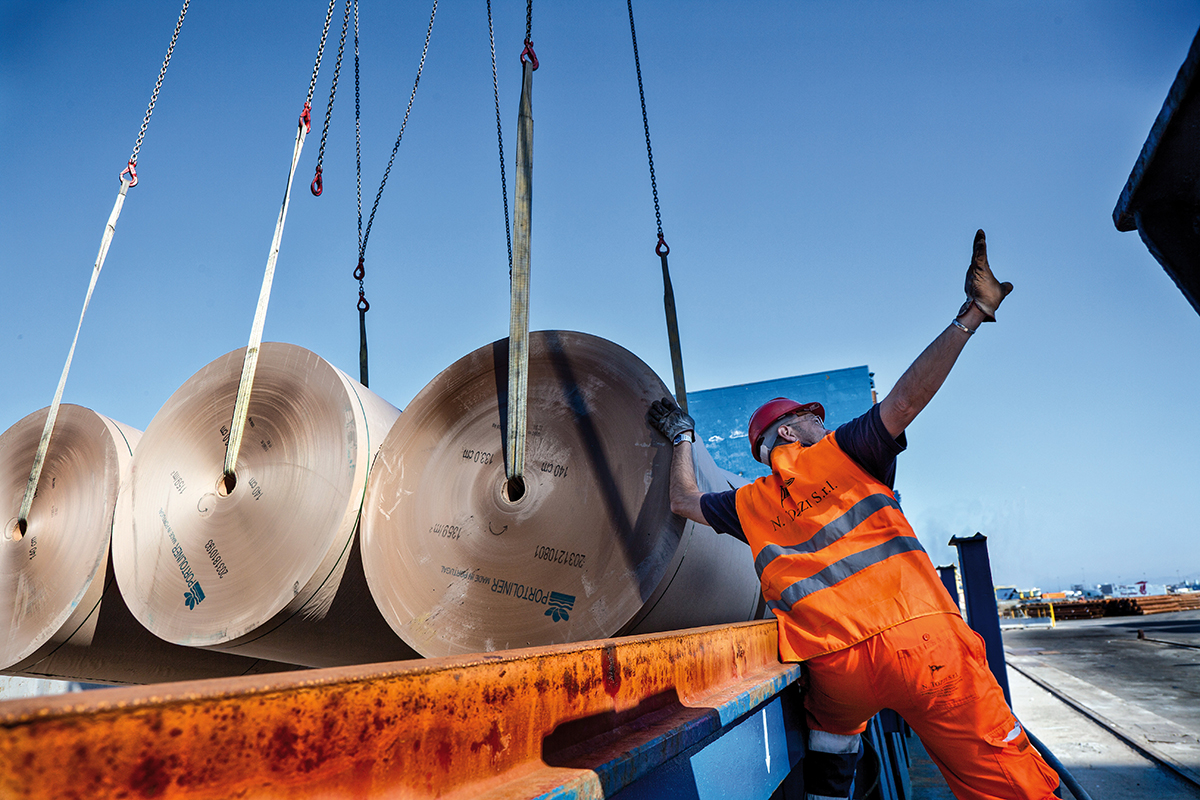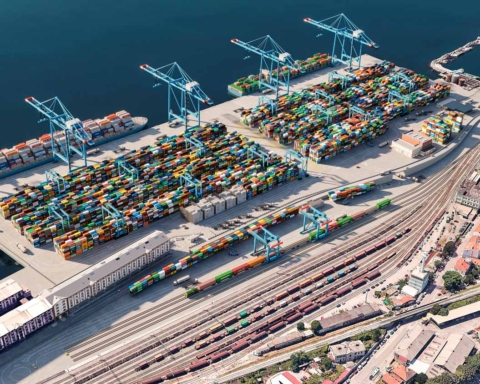“The challenges for ports everywhere have grown enormously and Port Authorities must respond to these challenges in new and different ways. In this sense, there is some truth in saying that the Port Authority-housekeeper model may no longer work”. The Chairman of ESPO, Eamonn O’Reilly, says without beating around the bush.
“For me the days of the port authority simply acting as a superintendent are gone. Ports must engage with port-based industries and operators to influence and assist in the enormous changes that must come about.”
Quick answers. This is what large shipping companies expect from a Port Authority. O’Reilly knows it well: for years he has been running Dublin Port Company, the state company that manages an area in Dublin that is as large, if you count both quays and dockyards, as half of Phoenix Park, the largest park in Ireland and Europe, with its 700 hectares.
“The old Dublin Port & Docks Board became Dublin Port Company in 1997 and that change was the starting point on a journey to greater cost efficiencies, higher investment, increased capacity, more profits and, inevitably, payment of corporation tax and dividends.”
O’Reilly picks up a report published by ESPO in 2016 according to which the majority of port authorities, regardless of their legal form, now follow the normal commercial law.
As Isabelle Ryckbost, the Secretary General of ESPO, said in a recent interview on Port News, he believes that the creation of a single global market has inevitably brought new challenges, questioning business models that, until recently, the various ports imposed on a national basis.
This is an indisputable fact, which shows how the port is now itself a global market, and if the Port Authority wants to survive the challenges of the future it must be able to operate in this area as a business-oriented body.
The EU has invited Italy to change its legislation so as to ensure that port authorities pay the taxes envisaged for commercial entities, but O’Reilly doesn’t see the issue of taxation of ports, whether in Italy or other member states, as a clash of cultures between different models of port governance. For the chief executive of the Dublin Port Company, this is a problem that does not exist, just as there is no real gap at European level between the ports of northern Europe and those of the Med area: “The main difference between north and south is the existence of the enormous industrial port complexes along the North Sea driven by huge population concentrations and large areas of nearby heavy industries with excellent inland waterway connections.” However, these differences must not constitute an obstacle to the unification of the European Union.
O’Reilly is a convinced pro-European, as can be seen from the answer he gives when the reporter asks him about Brexit: “Dublin Port is investing €30m to provide border inspection posts for UK trade. This is essential but entirely wasteful expenditure. As part of this we are having to devote about eight hectares of land (equivalent to 3% of the entire port area) to non-value adding activities.”
In other words, if the UK’s exit from the EU is poorly managed, it could have a devastating impact on his own country.
Another issue that ports cannot afford to overlook is decarbonisation: “Where annual EU GHG emissions total 4.5 billion tonnes, emissions from international shipping are 0.8 billion tonnes. Bringing ship GHG emissions to zero is almost the same challenge as entirely decarbonising the EU’s largest member state”.
In the near future, port efficiency will also be measured on this subject: “It is long past the time when a port’s success can be sensibly measured simply by reference to growth in cargo volumes.”
The decarbonisation issue is clearly intertwined with other issues that will be addressed in depth during the next ESPO Conference, which will be held in Livorno on the 23rd and 24th May: the automation of work processes is certainly one of these: ” In the case of port automation, the potential benefits I see are increased efficiencies in asset utilisation (port lands and ships), lower unit costs for shippers and enhanced safety by removing workers from potentially dangerous activities where large machinery works. The downside, of course, is for the current generation of workers whose jobs are threatened. Given the long-term benefits and gains from automation, I think the challenge is to use some of the future gains from automation to offset the negative effects on workers through appropriate compensation and retraining. Having said this, automation is not all bad news for employment, as it will bring a requirement for highly trained specialist staff doing jobs in ports that, in some cases, don’t exist today. The nature of dock work changed enormously because of containerisation and it will change again because of automation.”
Finally, a last thought goes to the TEN-T Networks, which represent the backbone of our continent: for O’Reilly we must continue strengthening the multimodal corridors. It is the only weapon we have to allow our ports to remain competitive, even towards those adjacent realities of the southern Mediterranean countries that currently have very high levels of productivity.




